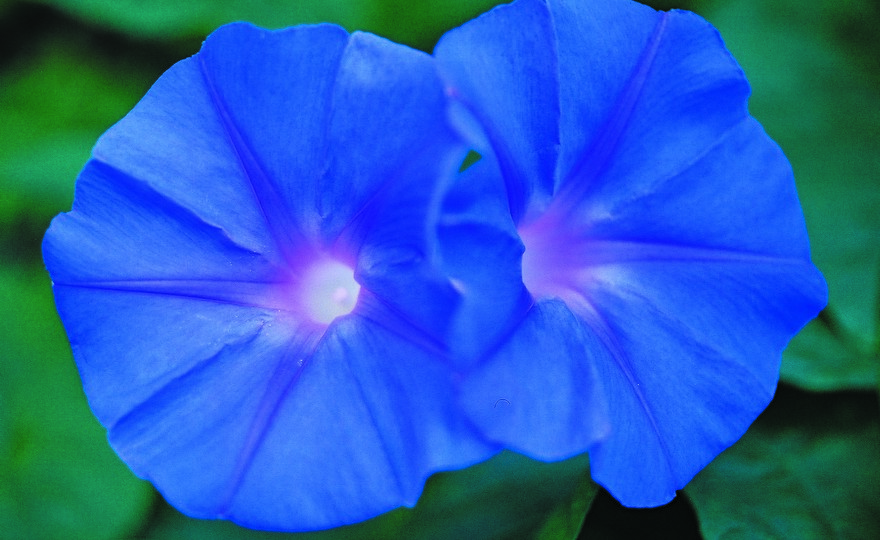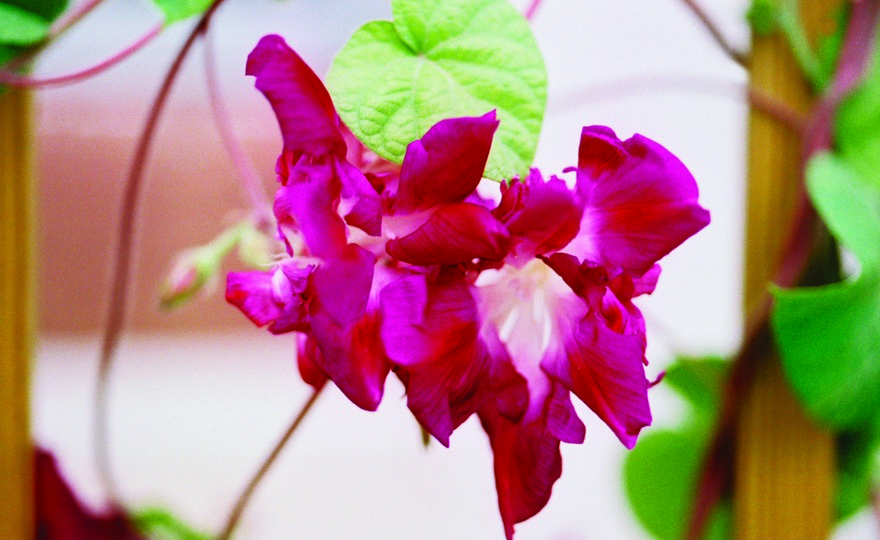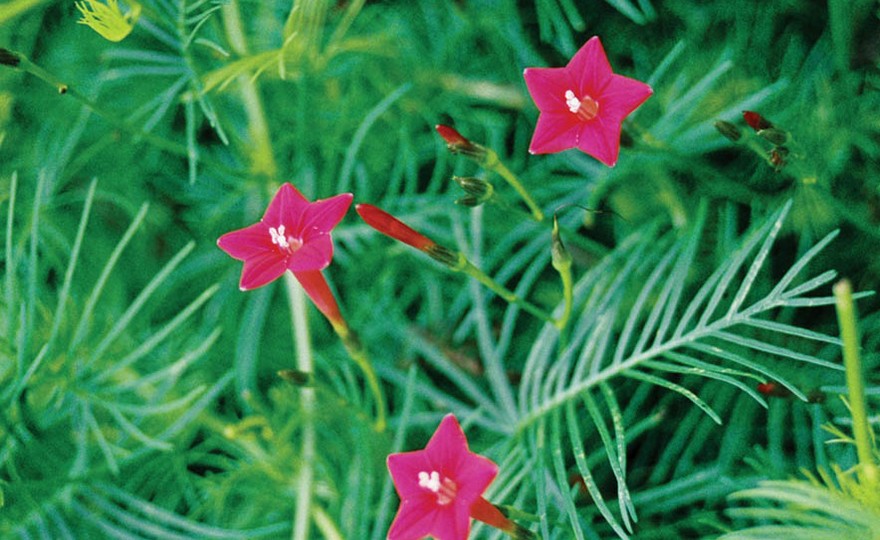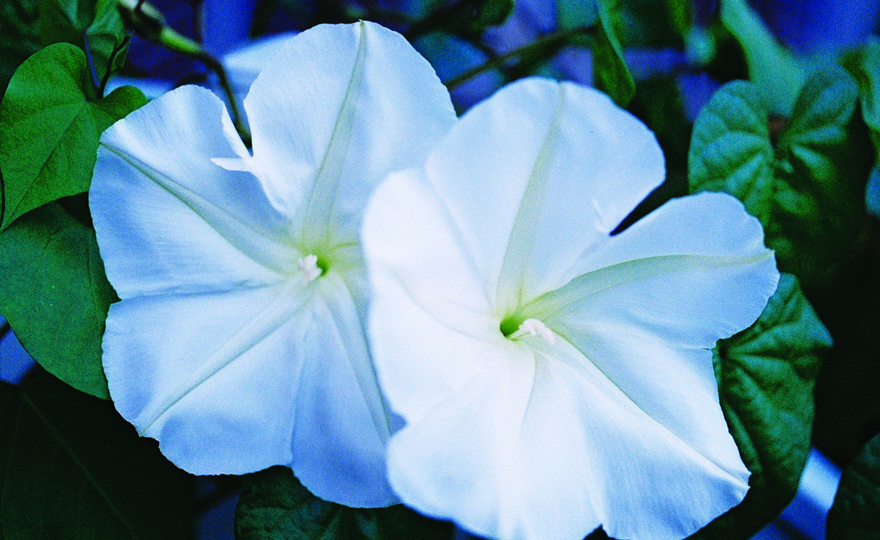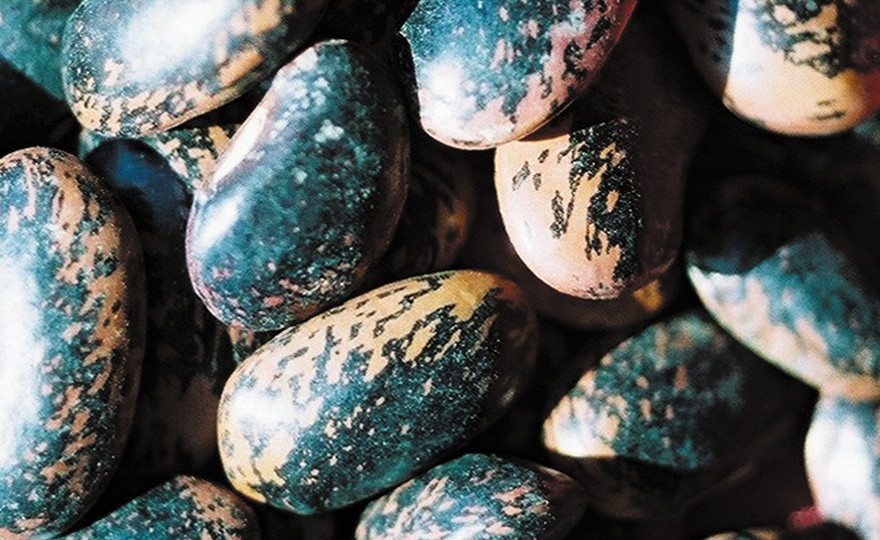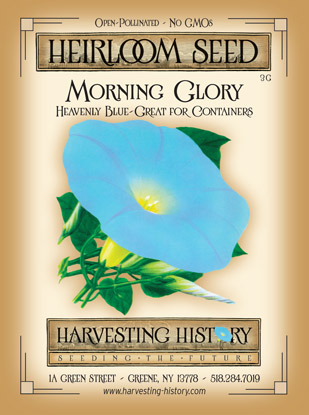
Morning Glory, Heavenly Blue
-
- **SOLD OUT** HOLIDAY GIFTS **SOLD OUT**
- **SOLD OUT** Holiday Books **SOLD OUT**
- **SOLD OUT** Holiday Citrus **SOLD OUT**
- **SOLD OUT** Holiday Gift Certificates **SOLD OUT**
- **SOLD OUT** Holiday Paperwhites **SOLD OUT**
- **SOLD OUT** Holiday Praying Mantis Kits **SOLD OUT**
- **SOLD OUT** Holiday Tools **SOLD OUT**
- **SOLD OUT** Holiday Wildflower Mixtures **SOLD OUT**
- Citrus Trees
- **SOLD OUT** - Vegetable and Herb Plants - Mix & Match any 6 Plants for $50 - Only Shipped in Quantities of 6
- Elephant Ear Plants & Roots
- **SOLD OUT** 4-Inch Pot Herb Plants **SOLD OUT**
- Rare Plants
- **SOLD OUT** Vining Plants **SOLD OUT**
- Asian Seeds
- Beneficial Bugs
- Books
- Citrus Fertilizers
- Cold-Treated Bulbs - SEE BULBS FOR FALL PLANTING TO ORDER
- Cold-Treated Allium
- Cold-Treated Chionodoxa
- Cold-Treated Crocus
- Cold-Treated Hyacinthoides
- Cold-Treated Hyacinthus Orientalis
- Cold-Treated Narcissus
- Cold-Treated Cyclamineus Narcissus
- Cold-Treated Double Heirloom Narcissus
- Cold-Treated Jonquilla Narcissus
- Cold-Treated Large Cupped Narcissus
- Cold-Treated Poeticus Narcissus
- Cold-Treated Small Cupped Narcissus
- Cold-Treated Species Miniature Narcissus
- Cold-Treated Split Cupped Narcissus
- Cold-Treated Tazetta Narcissus
- Cold-Treated Triandus Narcissus
- Cold-Treated Trumpet Daffodils
- Cold-Treated Ornithogalum
- Cold-Treated Rock Garden Iris
- Cold-Treated Scilla
- Cold-Treated Tulips
- Cold-Treated Emperor Tulips
- Cold-Treated Fringed Tulips
- Cold-Treated Green or Viridiflora Tulips
- Cold-Treated Lily Flowering Tulips
- Cold-Treated Parrot Tulips
- Cold-Treated Peony Flowering Tulips
- Cold-Treated Single Early Tulips
- Cold-Treated Single Late Tulips
- Cold-Treated Species Tulips
- Cold-Treated Triumph Tulips
- Flower Bulbs, Corms and Tubers
- Bulbs for Spring Planting
- Bulbs for Fall Planting - ALL BULBS AVAILABLE ARE COLD TREATED FOR PLANTING AS SOON AS SOIL CAN BE WORKED
- Fall Blooming Bulbs
- Garden Tools & Equipment
- Gift Certificates
- HHH Exclusive Wildflower Mixtures
- Wildflower Mixtures
- Heirloom Garlic
- Potatoes
- Roots & Sets
- Seeds
- Flowers
- Herbs
- Vegetables
- **SOLD OUT** HOLIDAY GIFTS **SOLD OUT**
-
- No products to compare
-
75 in stock
Quick Overview
Morning Glory, Heavenly Blue
Morning Glories should be planted in the late spring or early summer when the soil has become very warm. The seeds can be scored and soaked for 24 hours before planting to hasten germination. Morning Glories make great container plants. Three plants to a 10 inch pot is optimum. One final word to the wise, many people allow their morning glories to self seed. This works well, but in the ensuing years the blooms become smaller and smaller. It is best to plant fresh, new seed each year.
| Type | Spacing | Planting Depth | Days to Germination | Maturity |
| Annual | 6 in. | 1/2 in. | 10-14 | 30-45 |

Morning Glory, Heavenly Blue
Morning Glories are annual vining plants that are native to the tropical Americas. They were brought to Europe, primarily Italy and Spain, in the 1500s and were introduced into England in 1621. They were instantly unpopular in England because many gardeners thought they were a form of Bindweed, a viciously aggressive vine with nasty thorns and white flowers that closely resemble Morning Glories. It was not until the Victorian era when the invention of the ‘moveable privy’ (outhouses) became popular that Morning Glories found their place in western culture. Homeowners were desperately seeking something that would camouflage the unsightly ‘moveable privys’, and they found just what they needed with Morning Glories. The vines grow so rapidly and the leaves are so abundant that they quickly turned the unsightly privys into lush green temples. In the late 1800s, the Morning Glory varieties bloomed so early in the day, that most people grew the vines purely for their foliage and never saw their blossoms. In her classic book, Heirloom Flowers, Tovah Martin cites a quote from the 1880 Vick’s Flower and Vegetable Garden, “but a sight of a good ‘patch’ of these flowers in the ‘dewy morn’ is a feast for a whole day, and quite enough to tempt any lover of the beautiful to rise early to see and enjoy their glory.” The morning glories that were brought to Europe and later made their way to England were largely the red varieties. However, in the early 1600s a packet of seeds was sent to John Parkinson, a British apothecary and the botanist to King Charles I, who described the flowers produced by the plants that grew from these seeds as, “most excellent fair skie-coloured blew”. This was Heavenly Blue and the plant was known as “Heavenly Blue” from the beginning. Unfortunately, Heavenly Blue was not widely grown even though it had large, incredibly blue flowers, because the plant flowered very late in the season, but in the early 1900s an amateur gardener by the name of Clarke discovered a mutation in Colorado that was early blooming and produced abundant quantities of huge blossoms. This Heavenly Blue became known as Clarke’s Heavenly Blue and is the Heavenly Blue that is available today.

